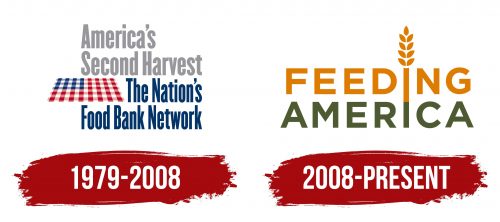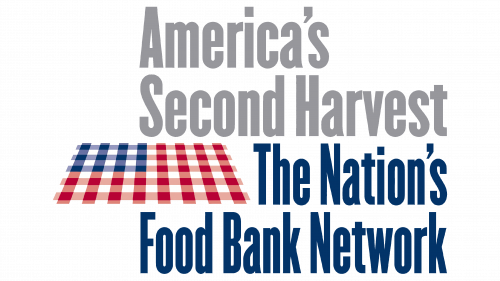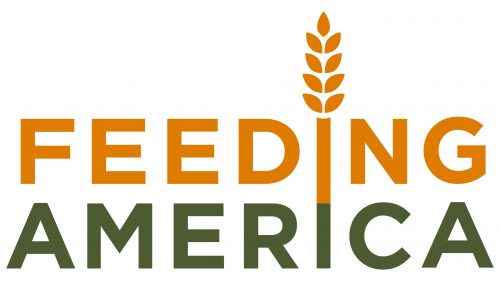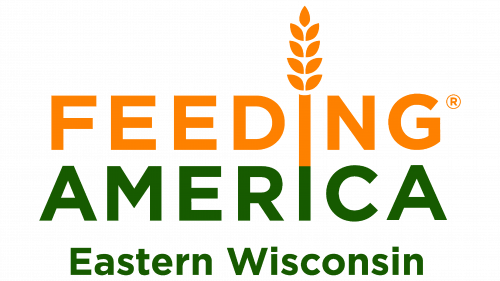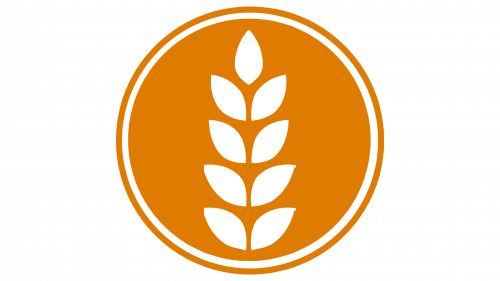The Feeding America logo illustrates the company’s commitment to food security. The organization is involved in distributing fresh food and helping the hungry across the country. Hence, its emblem is associated with care and overall well-being.
Feeding America: Brand overview
Meaning and History
Until 2008, the charitable organization was known as America’s Second Harvest. However, this brand was not well-known to the general public despite its existence for nearly 29 years. The company changed its visual identity to draw attention to helping the hungry. Its new name, Feeding America, motivates the public to fight the hunger crisis in the United States and ensure universal food security. The logo serves the same purpose: it communicates that the organization deals with distributing fresh and healthy food across the country.
What is Feeding America?
Feeding America is a distributor of food aid. The organization oversees the activities of food banks in the U.S. and is involved in the fair distribution of food among those in need. It was founded in 1979 by volunteer John van Hengel and was originally known as America’s Second Harvest. The company expanded in 2001 by merging with Foodchain, and in 2008, it adopted its current name.
1979 – 2008
The emblem features the company’s old name: “America’s Second Harvest”. It is positioned at the top and split into two lines, aligned to the left. Beneath it is the phrase “The Nation’s Food Bank Network” – also two-tiered but aligned to the right. The same bold font with narrow, vertically stretched letters is used for both parts of the inscription. The colors differ: the top half is gray, while the bottom is blue.
Between them is a trapezoid, stylized as a picnic mat. The checkered pattern mimics the red, white, and blue U.S. flag. The image is associated with outdoor dining, yet paradoxically, the mat is empty – nothing lies on it. It symbolizes the millions of Americans facing hunger, reminding us that the organization’s main task is to provide food to all in need.
2008 – today
In 2008, the company underwent rebranding to further associate with food security. It changed its name to Feeding America and incorporated it into its new logo. The inscription is in a balanced, sans-serif font with wide letter spacing. Instead of the familiar U.S. flag colors, a different palette is used: a combination of orange and olive.
The words are positioned one below the other, so the two “I” s in different lines align and form a continuous vertical stripe. Designers have depicted this as a wheat stalk with a characteristic grain pattern at the top. Wheat, a primary food source in world culture, symbolizes satiety, prosperity, and fertility. Its ability to grow and develop represents Feeding America’s expansion and commitment to a global solution to hunger in the U.S.
Font and Colors
Until 2008, the company favored a narrow font with elongated letters. After renaming, it switched to a more readable typeface – bold grotesque, adapted for the digital space.
The orange color of the logo is associated with fresh baked goods, vegetables, and fruits. It symbolizes the sun and hope as Feeding America comes to the aid of those in difficult situations. Olive color, in turn, highlights the importance of healthy eating and the connection with eco-friendly food production methods.

